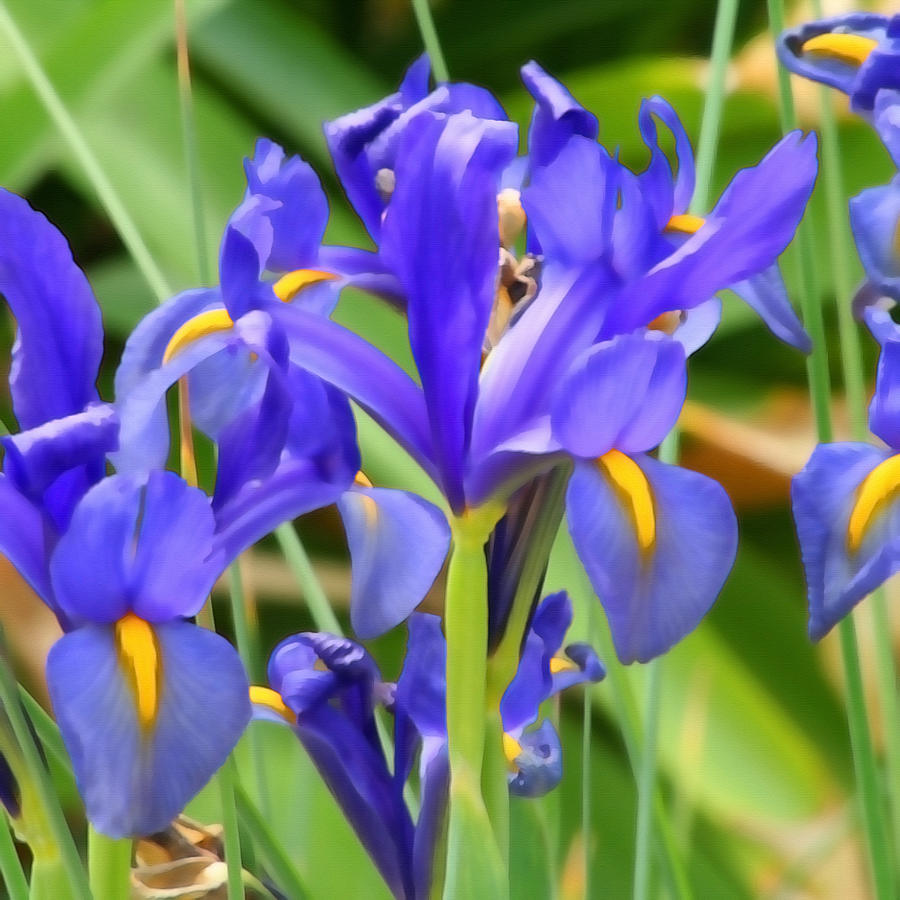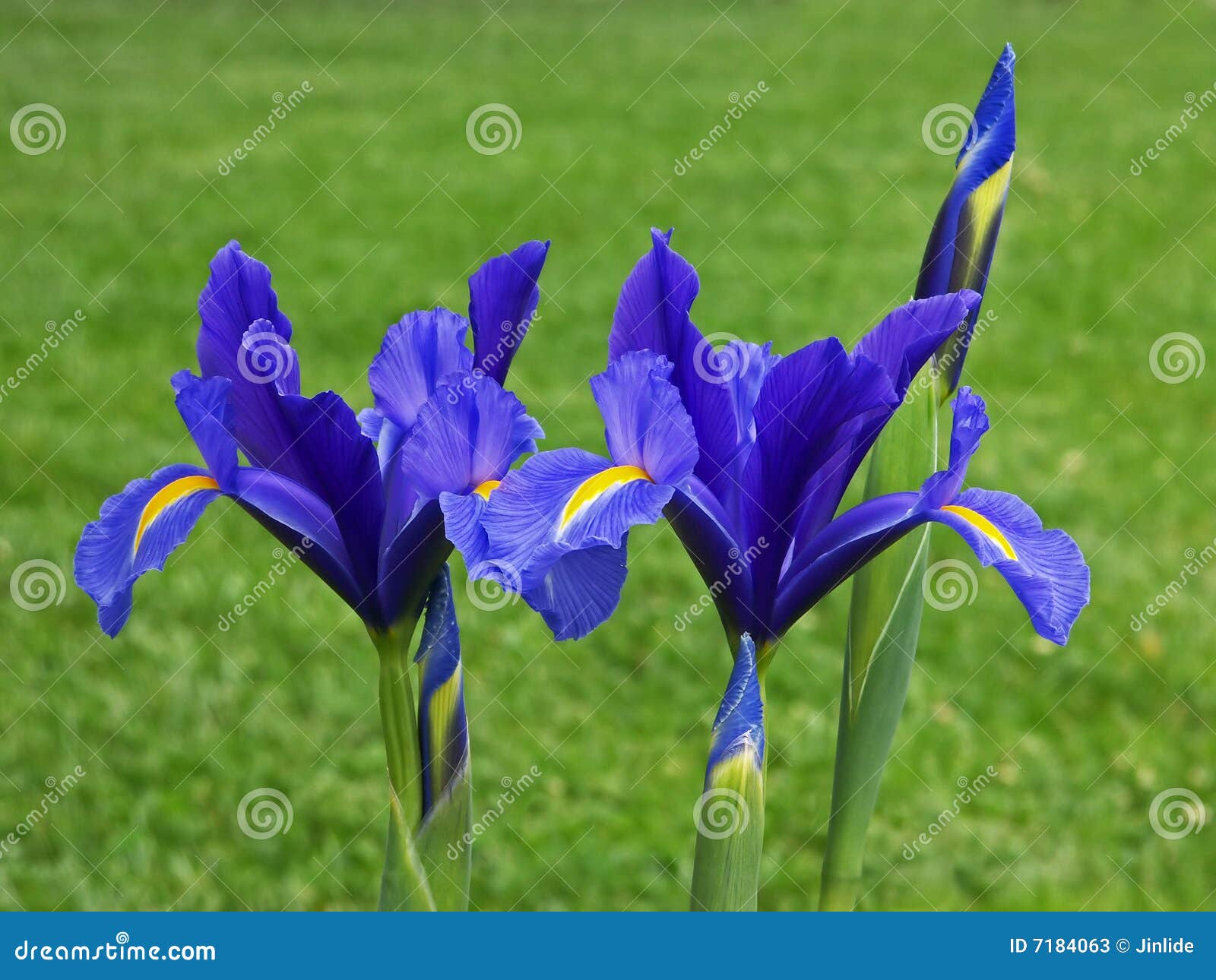

Prepare the planting beds up to two weeks ahead by loosening soil to a depth of 10-12 inches to establish good drainage. Raised beds are ideal for growing irises, as they provide the good drainage needed. Where to plant:Ĭhoose a sunny location for your irises where they won’t be subject to standing water. In hotter climates, they can be planted in September or October. The best time to plant iris rhizomes or bulbs is late summer to early autumn to allow them plenty of time to establish roots before the growing season ends.

Photo by: Nadzeya Pakhomava / Shutterstock. They are also good for rock gardens and forcing in pots. Reticulated irises are well-suited for growing in groups, but should be divided every two to three years to prevent overcrowding. Dutch hybrids tend to bloom earlier than the tall bearded rhizomatous varieties and are the well-known variety featured in florist’s spring bouquets. They all shed their leaves after the blooming season and go into a dormant phase over summer. This group includes the Dutch hybrids and the smaller reticulated or dwarf irises.
#Blue iris pictures full#

See more Common Poisonous Plants for Dogs and Cats. Iris are known to be toxic to pets, with the bulb being the most toxic part. There is an extremely wide variety of colors, ranging from white to almost black although most common in shades of lavender, purple, white and yellow. Reblooming varieties will produce flowers once in summer and again in fall. Dwarf varieties tend to bloom earlier in spring, with intermediate sizes blooming later spring, and taller bearded varieties blooming late spring and summer. The majority of irises will bloom in spring or summer. Many irises will grow in total shade, but they most likely won't flower. Some varieties will tolerate part shade such as Siberian irises and Pacific Coast natives ( Iris innominata, Iris tenax, Iris macrosiphon and Iris douglasiana). Irises need full sun at least half the day. Tall bearded varieties range from 2 to 4 feet tall and 1-1/2 to 2 feet wide.Dutch varieties 1-1/2 to 2 feet tall and 6 to 12 inches wide.Dwarf varieties 6 to 12 inches tall and wide.Irises come in many different sizes, some as short as six inches and others can grow up to four feet. Varieties suitable for zones 3-9 Height/Spread:


 0 kommentar(er)
0 kommentar(er)
